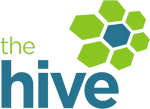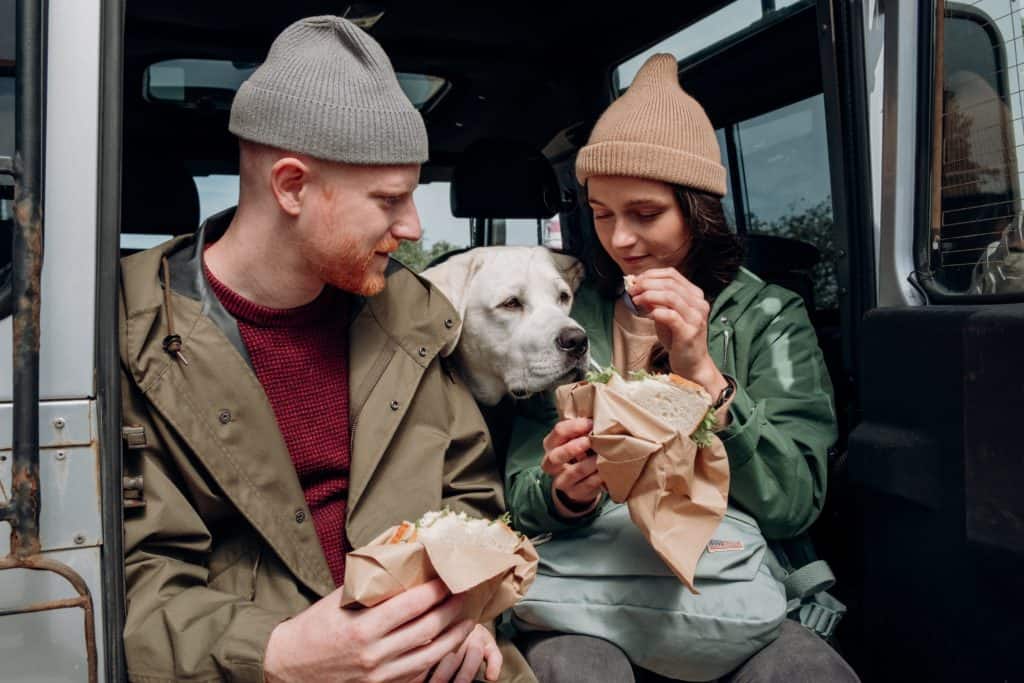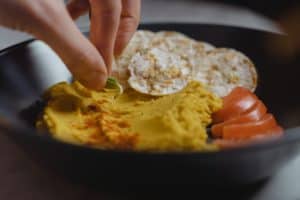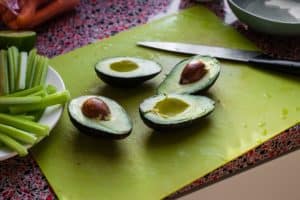By Dr. Marieta Buse ND, CISSN
Remember, when meal planning to optimize climbing performance, be specific with your goals:
Are you trying to put on muscle to gain strength? Do you want to maintain your weight? Are you trying to get leaner to optimize the strength you already have?*
*Not all strong climbing bodies are lean-looking bodies, so remember to set yourself goals that work to celebrate your body so you can enjoy your most fit self in all your glory!
AFTER CLIMBING
PROTEIN, PROTEIN, PROTEIN
Let’s debunk the following myth: you must eat protein right after a workout.
As with most things, it depends! How long did you climb for? What and how much did you eat before climbing? Generally speaking, it’s worth eating protein after a climb, especially if your climbing session has been several hours long or you didn’t eat protein before or during. If you ate a good amount of protein before or during climbing, timing after isn’t as important: you can eat right after, or wait an hour or two.
CARBS
Carbs are useful to replenish glycogen stores, to feel fresher for the next climbing session, or if you want to build muscle. However, I find that climbers tend to fill their plate with carbs with things like pizza, burgers and fries, or burritos, which is fine to eat occasionally, but end up crowding out the protein. For a list of healthier complex carb choices check out last week’s post and make sure to balance them with some protein and fat.
FATS
Lastly, I want to talk about fats. Fats are essential for bodily functions such as hormonal production and can come from plenty of healthy sources. When considering a balanced diet, keep in mind 1g of fat has over twice as many calories as 1g of protein or carbs.
A supplement consideration: Fish oils are a condensed source of omegas and easier to guarantee they’re mercury-free. Among other benefits, fish oils boost muscle protein synthesis levels when combined with food, can reduce muscle soreness after exercise, and increase muscle growth.
Caution with supplements: Talk to a health professional before choosing a supplement. The doses of the ingredients are often too low to have a therapeutic effect on the body.
TAKEAWAYS
Protein is very important. Try to aim roughly for your body weight in pounds for the total amount of grams of protein per day, and try to diversify your sources of protein. Second to protein are carbs. Physical activity requires glucose (which is what carbs become) and so it is important to have carbs before, during, and right after a session.
You can use a macro calculator to help you build a meal plan that is specific to you. I like to use the Macro Calculator by Legion Athletics. **
**Using a macrocalculator may not work with everybody. Make sure you speak with a health care practitioner to see if this is the right fit for you
Tip: I find the default fat percentage of 20% too low for most athletes and typically increase this to 27 – 30%.
Once the macro ratios are calculated, I like to use Cronometer to calculate how much fat, carb, and protein are in a given food in order to build the meal plan.
A word from the author
As a naturopathic doctor with a CISSN sports nutrition certification, much of what I do in my medical practice every day is to create meal plans for athletes to cover their nutrition and dietary needs and achieve their performance goals. If you are interested in a meal plan that is tailored to your individual needs, book in for a free 15 min Meet & Greet at:
Dr. Marieta Buse ND, CISSN
Practitioner for the National Network of Climbing Escalade Canada
Certifications in prescriptive authority, IVs, and advanced injections, including prolotherapy
MVMTLab (Gastown): mvmtlab.janeapp.com
Vitae Health & Sport (North Vancouver): vitaenow.janeapp.com
Instagram: @inspiretheclimb




